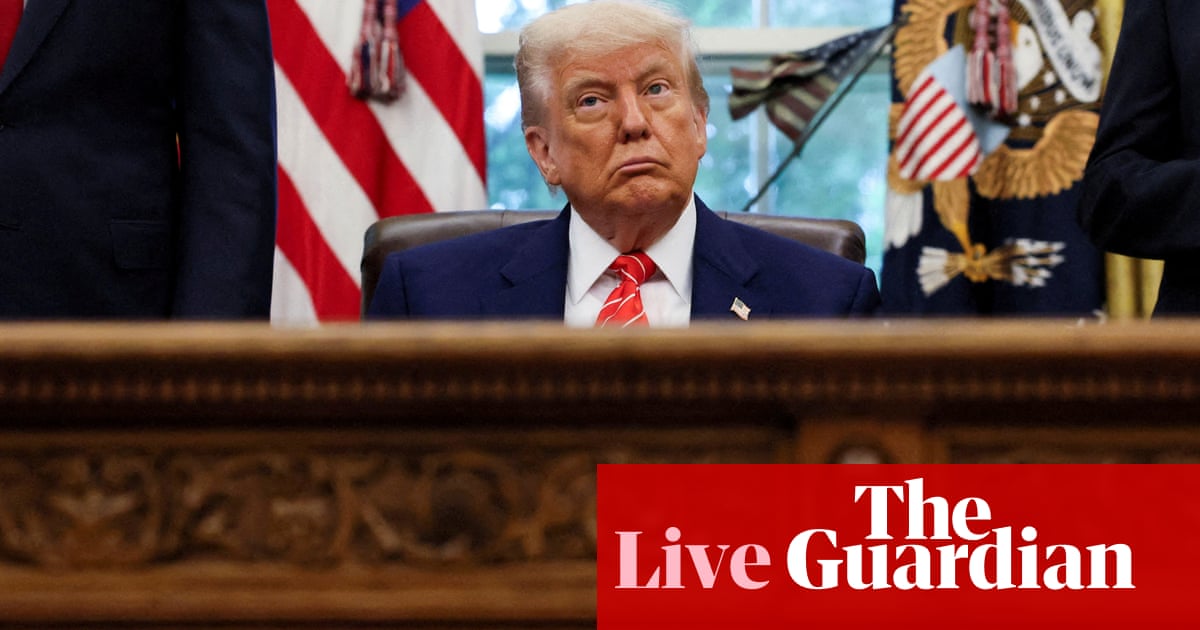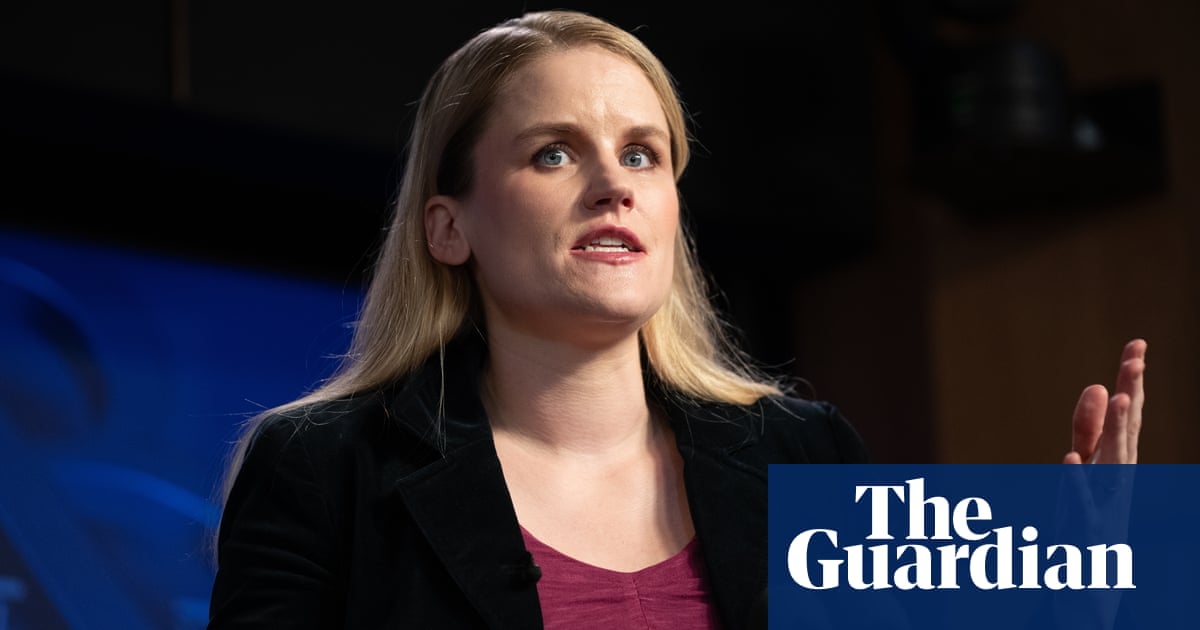Nine years ago one county chair revealed their club’s finances were so stretched that they were quite literally counting the loo rolls. Even the arrival of the Hundred in its first iteration – bringing an extra £1.3m per county per year – barely made a dent in some cases, the additional income swallowed up by rising costs, inflation, and the servicing of longstanding, significant debts.
But over the past 10 days the outlook in the shires has changed considerably (perhaps even to the point of said club eyeing the quilted variety). At the time of writing, the England and Wales Cricket Board has raised around £400m by selling 49% stakes in six of the Hundred’s eight teams. Investors for the remaining two, Trent Rockets and Southern Brave, are expected to follow next week.
It means the combined valuation of the eight teams is now tracking towards £1bn and, whether that milestone is breached or not, the upshot will be profound. Under the terms of the sale – a sale that sees grassroots initiatives promised around 10% of the proceeds – even the 11 counties without a team in the Hundred stand to gain somewhere between £20m and £27m each.
Richard Gould, chief executive of the ECB, said last December this money is intended to recapitalise the county game and sustain it for the next “20-25 years”. If it achieves that, county supporters may have reason for quiet optimism – and perhaps even forgive Gould and the ECB chair, Richard Thompson, for their damascene conversions, the pair having previously led the opposition to the Hundred at Surrey.
In turn the very fabric of English cricket has been altered in an unprecedented and irreversible way. After last year’s landmark sale of Hampshire to India’s GMR Group – the starting pistol, if you will – private money will now pour into the county game at large in exchange for high summer, the use of eight premier grounds and the pick of the players, and in hope of a return on the investment.
While a non-host county like Worcestershire, for example, can now pay off its debts, enjoy the interest generated by the remainder, and plot a move to dry land in time, the eight host venues will have to negotiate new power dynamics. Yorkshire sold the Northern Superchargers outright but, as one corporate lawyer working on the sale told me, even the clubs who retained 51% may discover that their minority partner is the one calling the shots.

Undeterred by warnings of “Ponzi scheme” from Lalit Modi, architect of the Indian Premier League 17 years ago, teams such as Mumbai Indians (Oval Invincibles), Lucknow Supergiants (Manchester Originals) and Sunrisers Hyderabad (Northern Superchargers) have also expanded their global networks. It is here that English cricket has increased the chances of the world’s best players moving to year-round franchise retainers, hastening international cricket’s predicted retreat.
There are questions that follow. Will the new investors be comfortable with a four-week window or will elbows begin to push outwards in time? Given a number of their portfolios have a heavy leaning towards men’s cricket, are they as enthused by the women’s teams they now own? Will revenues match the ECB’s projections? And will this influx of cash be invested well by the game or simply swallowed up by player wages and the ever-growing coaching class?
As for the Hundred itself, new kits and team names feel inevitable looking at IPL-driven leagues like the SA20. But there is a growing school of thought – one said to be shared by a number of the investors – that in time it will become Twenty20. Some believe this to be a side issue at best but a switch back is one this particular observer feels is as inevitable as it is necessary.
after newsletter promotion
In its current form the Hundred has taught English cricket some overdue lessons about visibility, inclusivity, and the occasionally prohibitive nature of the sport’s language. By the same token, this recalibrated, decimalised version of short-form cricket has felt out of sync with the wider world, both on a performance level – past reviews into the England team have stressed the need for domestic cricket to mirror the international game – and as a divide between old fans and new.
The Hundred’s name may have to change – the ECB slightly painted themselves into a corner here – but ultimately, if played as T20, it will surely become more recognisable and palatable for its current detractors. Perhaps in time this will help win over enough to foster the “tribalism” that the ECB’s Vikram Banerjee once admitted, without a shred of irony, the tournament currently lacks.
One of cricket’s strengths over the past 150 years has been its adaptability but having settled on six-ball overs in the late 1970s, the move to 100-ball cricket has felt a stretch; a stretch reflected by the lack of pick-up overseas and at club level. The flow of T20 through to 50-over cricket through to four-day and Test cricket ultimately works and there is nothing to stop the big screen and the TV graphics still displaying balls remaining and runs required.
Although maintaining that flow through to the longer formats will only be relevant if the world game strives to maintain balance and the counties use their windfall wisely. The switch from counting loo rolls to feeling flush is only the start.

 2 months ago
45
2 months ago
45













































